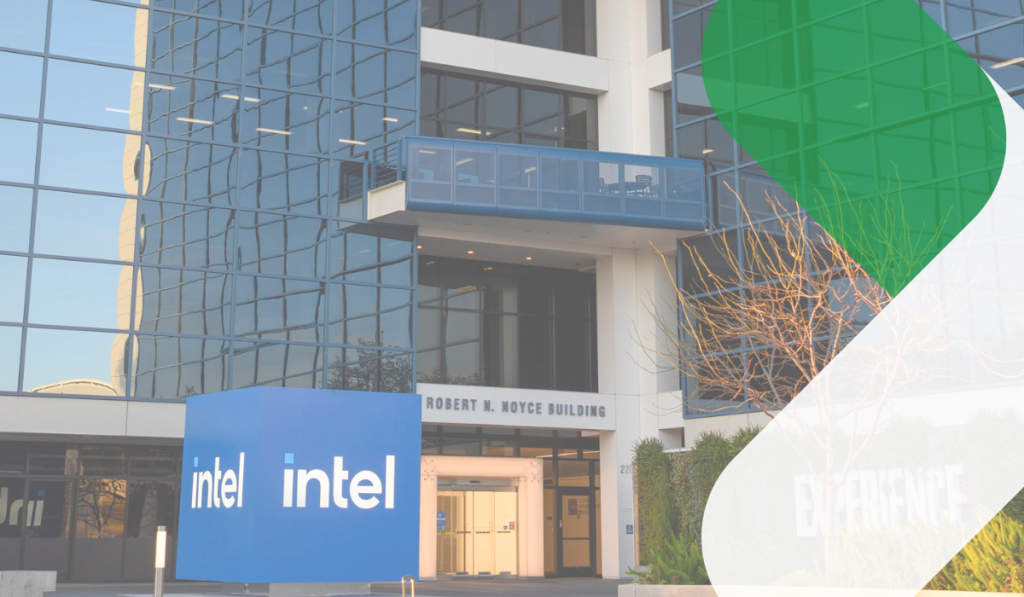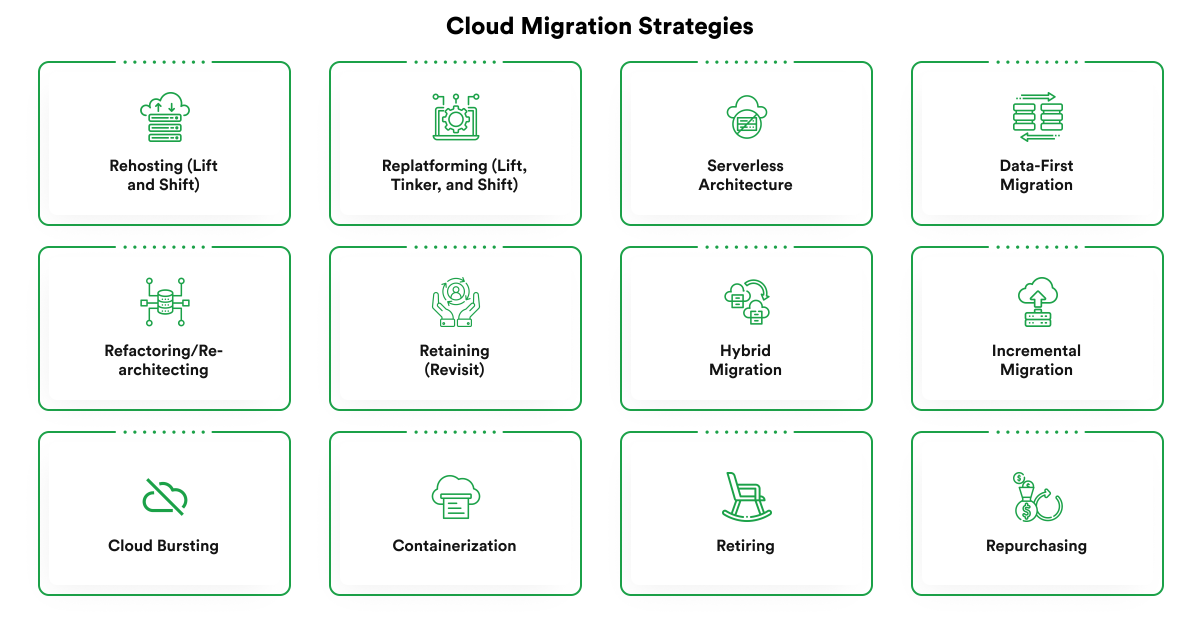Risk of vendor lock-in
Vendor lock-in occurs when an organization becomes overly dependent on a single cloud provider, making switching to another provider or reverting to an on-premises solution difficult and costly. This dependency can limit flexibility, increase costs, and hinder the adoption of innovative technologies from other providers. To mitigate the risk of vendor lock-in, organizations should select a cloud provider that offers flexibility and compatibility with different platforms.
Evaluating Service Level Agreements (SLAs) and supporting services is critical in selecting the right cloud provider. Organizations should thoroughly assess the provider’s SLAs to understand the guarantees for uptime, performance, and support. Additionally, it is essential to evaluate the provider’s support services, including their response times, staff availability, and the comprehensiveness of their support plans.
Another important aspect is considering the provider’s future technologies and innovation plans. Organizations should choose providers who continuously invest in new technologies and expand their service offerings. This forward-looking approach ensures that the business can leverage the latest advancements in cloud computing, such as artificial intelligence, machine learning, and edge computing, to stay competitive and innovative.
Cost management optimization
Effectively managing cloud costs is a significant challenge for organizations during and after migration due to the pay-as-you-go model of cloud environments. This model, while flexible, can result in unexpected expenses if not correctly managed. The difficulty lies in accurately predicting usage patterns, optimizing resource allocation, and avoiding over-provisioning. With appropriate cost management strategies, businesses can prevent budget overruns and reduce returns on their cloud investments.
To manage and optimize cloud costs, organizations should implement several key strategies. Regularly reviewing cloud spending is essential to identify and address inefficiencies. Continuous monitoring of usage and expenses allows businesses to promptly detect and rectify anomalies or unnecessary expenditures. Tools and dashboards provided by cloud providers can aid in tracking and analyzing spending patterns. Employing auto-scaling to adjust resources based on demand ensures cost efficiency by only paying for necessary resources, thereby avoiding overprovisioning and underutilization. Additionally, choosing suitable pricing models, such as reserved instances or savings plans for predictable workloads, can lead to substantial cost savings compared to on-demand pricing.
Integration with Modern Cloud-Based Services
Technology stack differences
Integrating legacy applications with modern cloud-based services often poses significant challenges due to differing technology stacks and architectures. Legacy systems, typically built on outdated technologies, may need to be more readily communicated with modern, cloud-native applications that leverage microservices, containerization, and serverless computing. These differences can lead to compatibility issues, making it difficult to achieve seamless integration. The contrast in development languages, data formats, and communication protocols between legacy and modern systems can also hinder smooth interoperability, necessitating specialized tools and strategies to bridge the gap.
Integration strategies
Organizations can employ several integration strategies to address the challenges posed by differing technology stacks. A common approach is to use APIs or middleware solutions to facilitate communication between legacy and cloud-based systems. APIs act as intermediaries, enabling data exchange and functionality between disparate systems, while middleware solutions provide additional layers of abstraction and management, helping to standardize interactions and streamline integration efforts.
Ensuring seamless communication between legacy and modern systems requires careful planning and execution. This involves mapping data flows, defining integration points, and establishing robust data transformation and synchronization mechanisms. Tools like enterprise service buses (ESBs) and integration platforms as a service (iPaaS) can be crucial in managing these interactions, providing a unified framework for integrating diverse applications and services.
Instilling confidence
A well-thought-out integration strategy is essential for instilling confidence in stakeholders about the feasibility and success of cloud migration. By demonstrating a clear plan for integrating legacy systems with modern cloud services, businesses can alleviate concerns about potential disruptions and ensure smooth transitions. This includes showcasing detailed roadmaps, highlighting the use of proven integration tools and techniques, and providing assurances of minimal downtime and operational continuity.
Data security and compliance
Ensuring data security in the cloud is paramount, especially when integrating legacy systems that may have yet to be designed with modern security standards in mind. Cloud providers offer a range of security features, such as encryption, identity and access management, and threat detection, which can help protect sensitive data during and after migration. Implementing these security measures is crucial to safeguarding data integrity and preventing unauthorized access.
Meeting industry-specific compliance standards is another critical aspect of cloud integration. Organizations must ensure that their cloud infrastructure and data management practices comply with relevant regulations, such as GDPR for data protection or HIPAA for healthcare information. Cloud providers often provide compliance certifications and tools to help businesses meet these requirements, but it remains the organization’s responsibility to implement and maintain compliant practices.
Performance and latency
Addressing potential performance and latency issues is essential for successful integration. Legacy systems may need to be optimized for the cloud, leading to performance bottlenecks when interfacing with cloud-based services. To mitigate these concerns, organizations can implement load balancing, caching, and using content delivery networks (CDNs) to improve data transfer speeds and reduce latency.
Business continuity and disaster recovery
Developing a robust disaster recovery plan is crucial to ensure business continuity during and after migration. This involves setting up backup and recovery mechanisms, defining recovery time objectives (RTOs) and recovery point objectives (RPOs), and regularly testing disaster recovery procedures to ensure they work as intended. Cloud providers offer various tools and services to facilitate disaster recovery, such as automated backups and cross-region replication.
Ensuring business continuity requires meticulous planning and execution, particularly during migration. Organizations should identify critical applications and data, prioritize migration, and implement failover strategies to maintain operations during disruptions. This holistic approach helps minimize downtime and ensures the business can function smoothly throughout migration.




